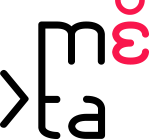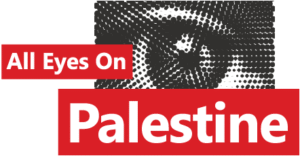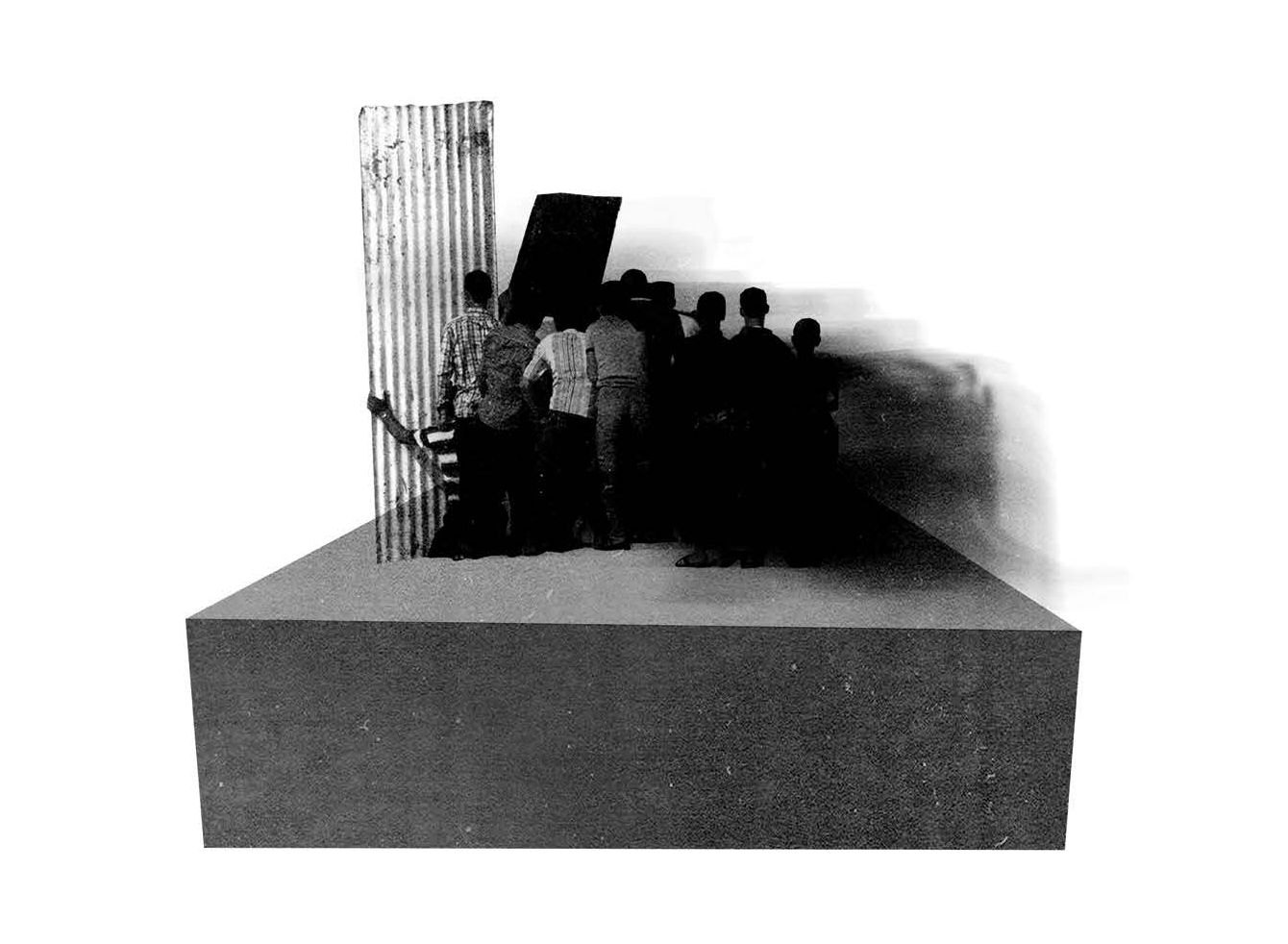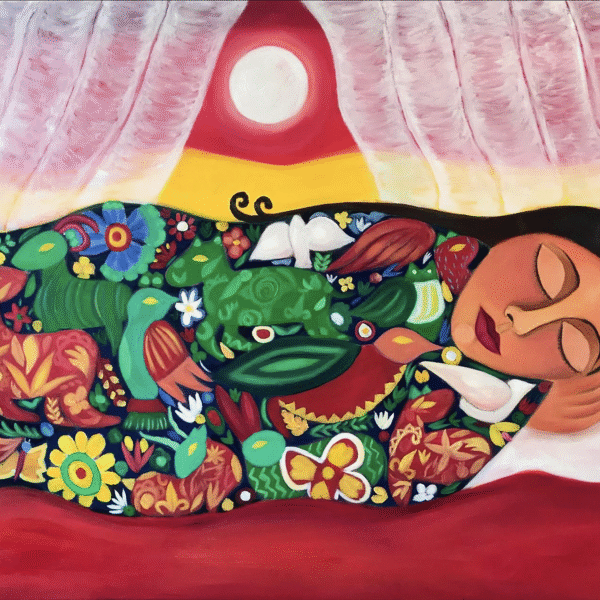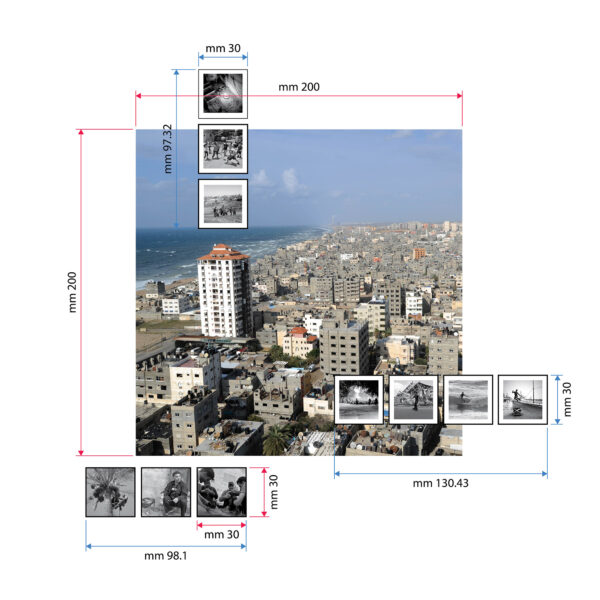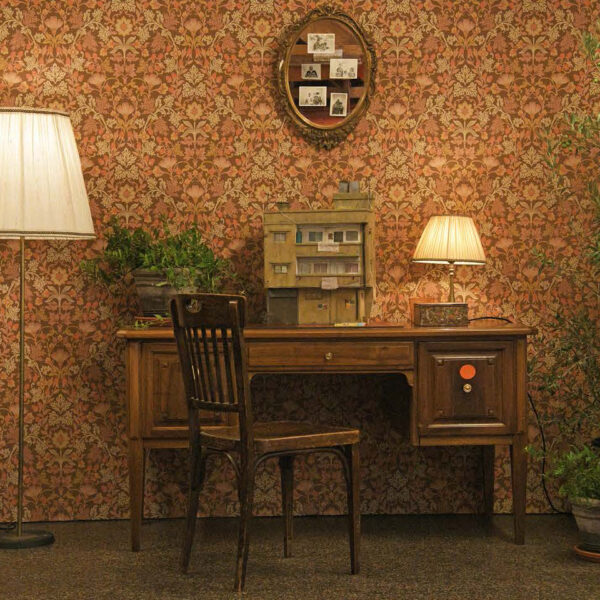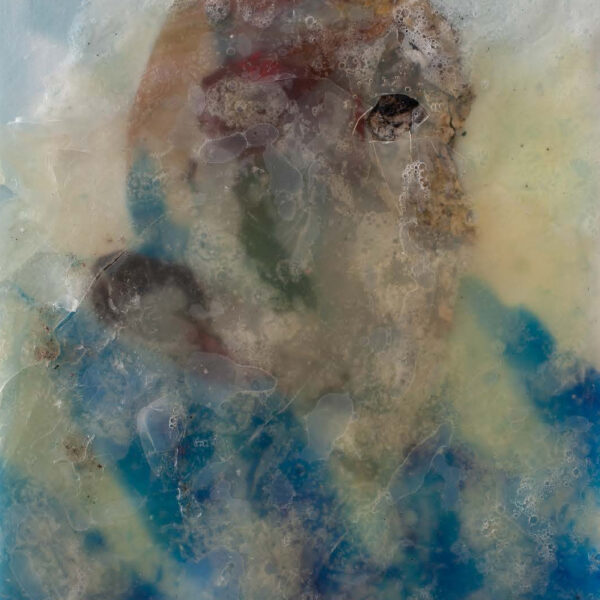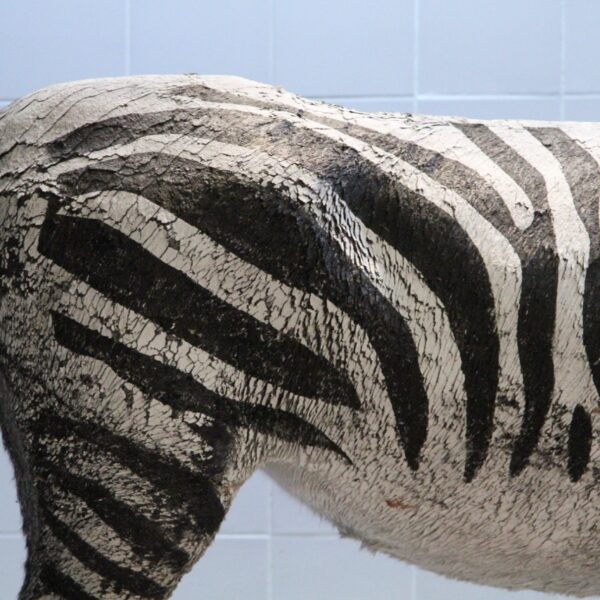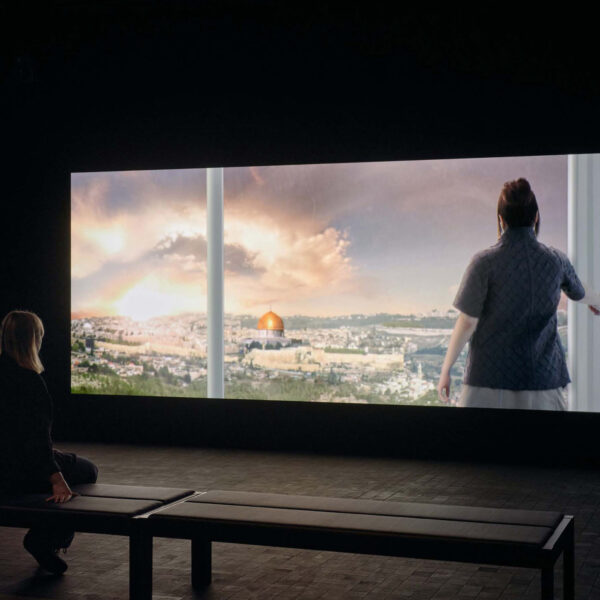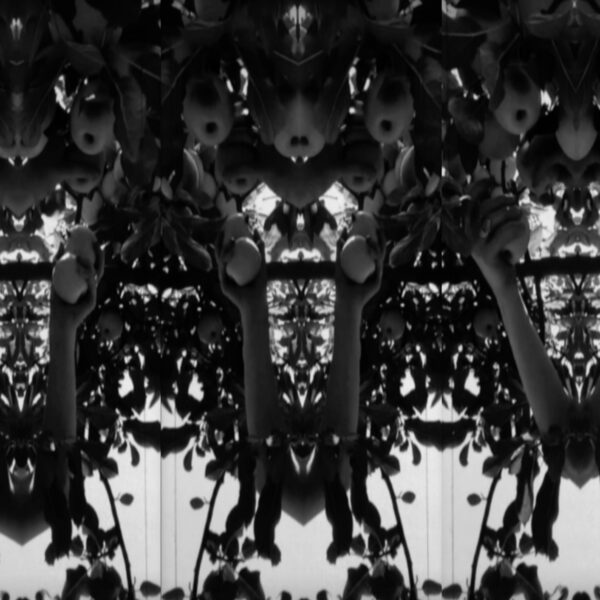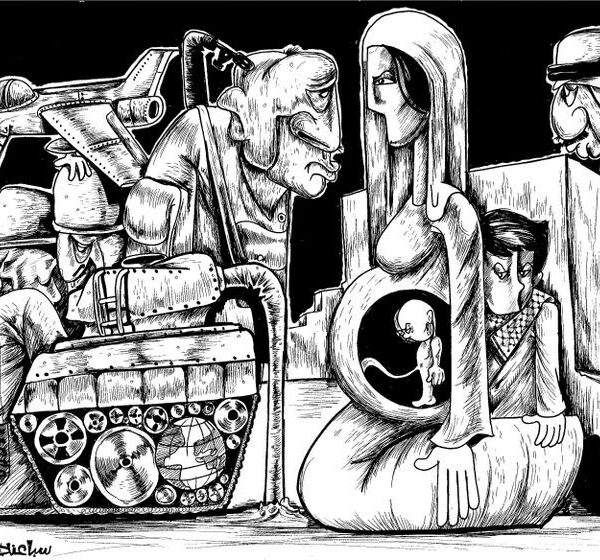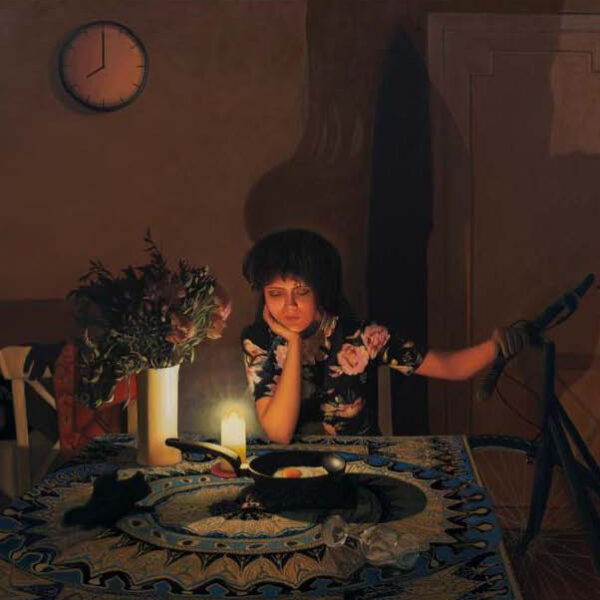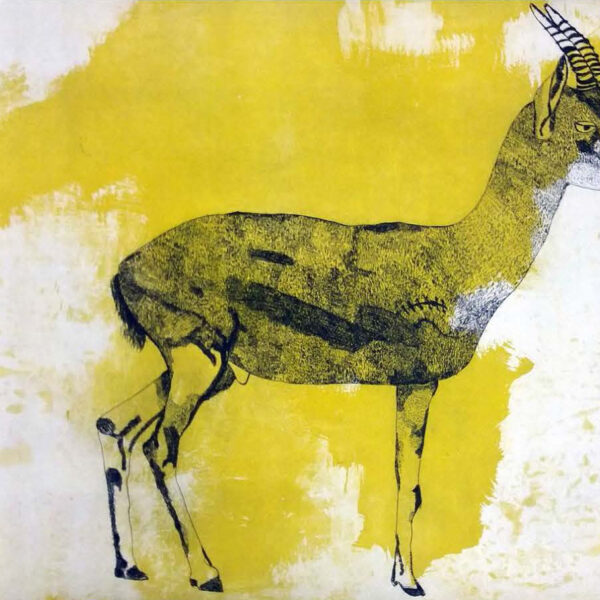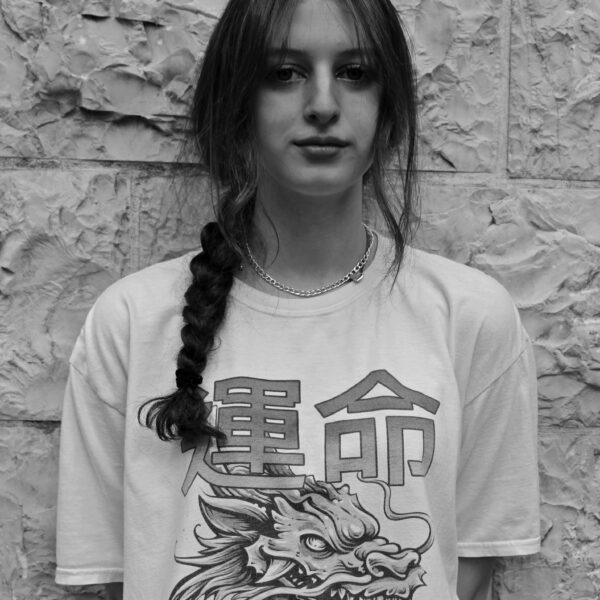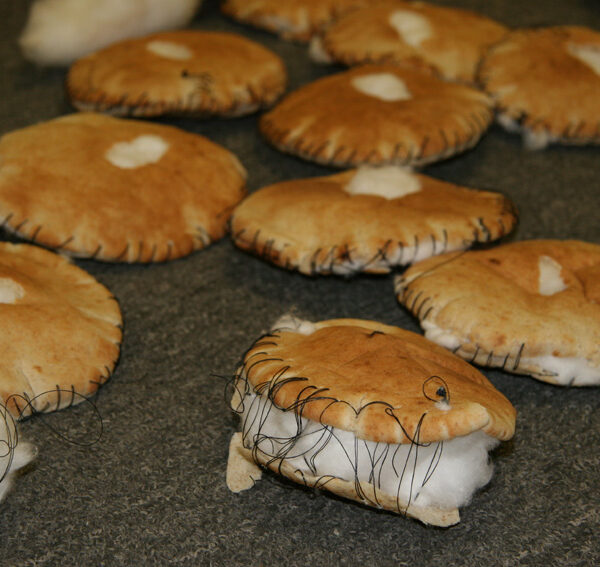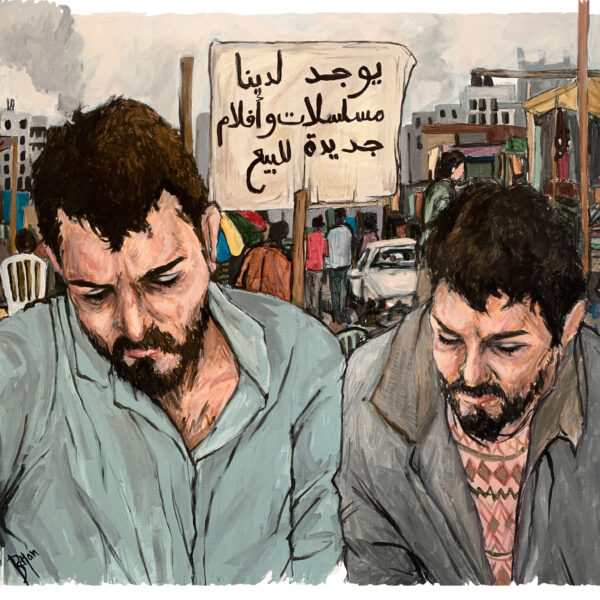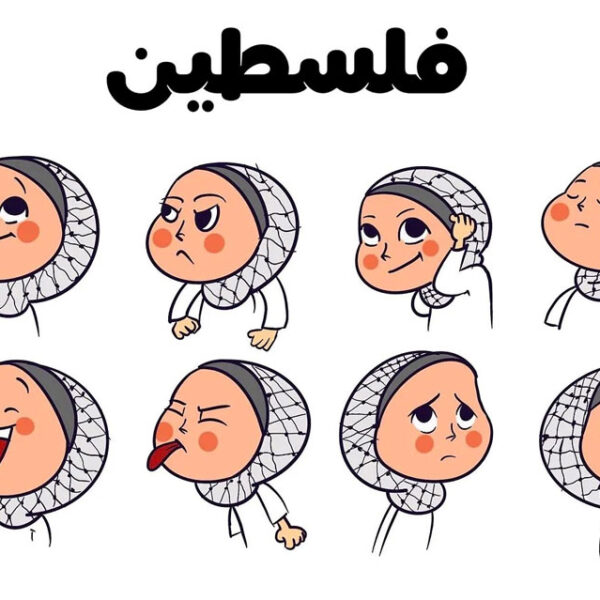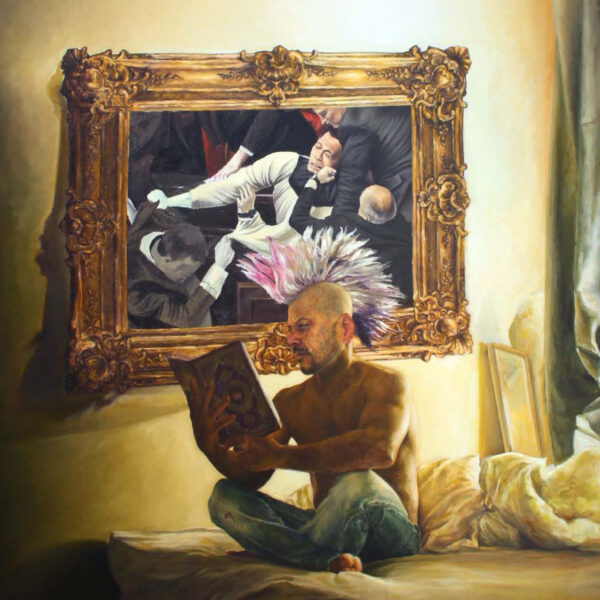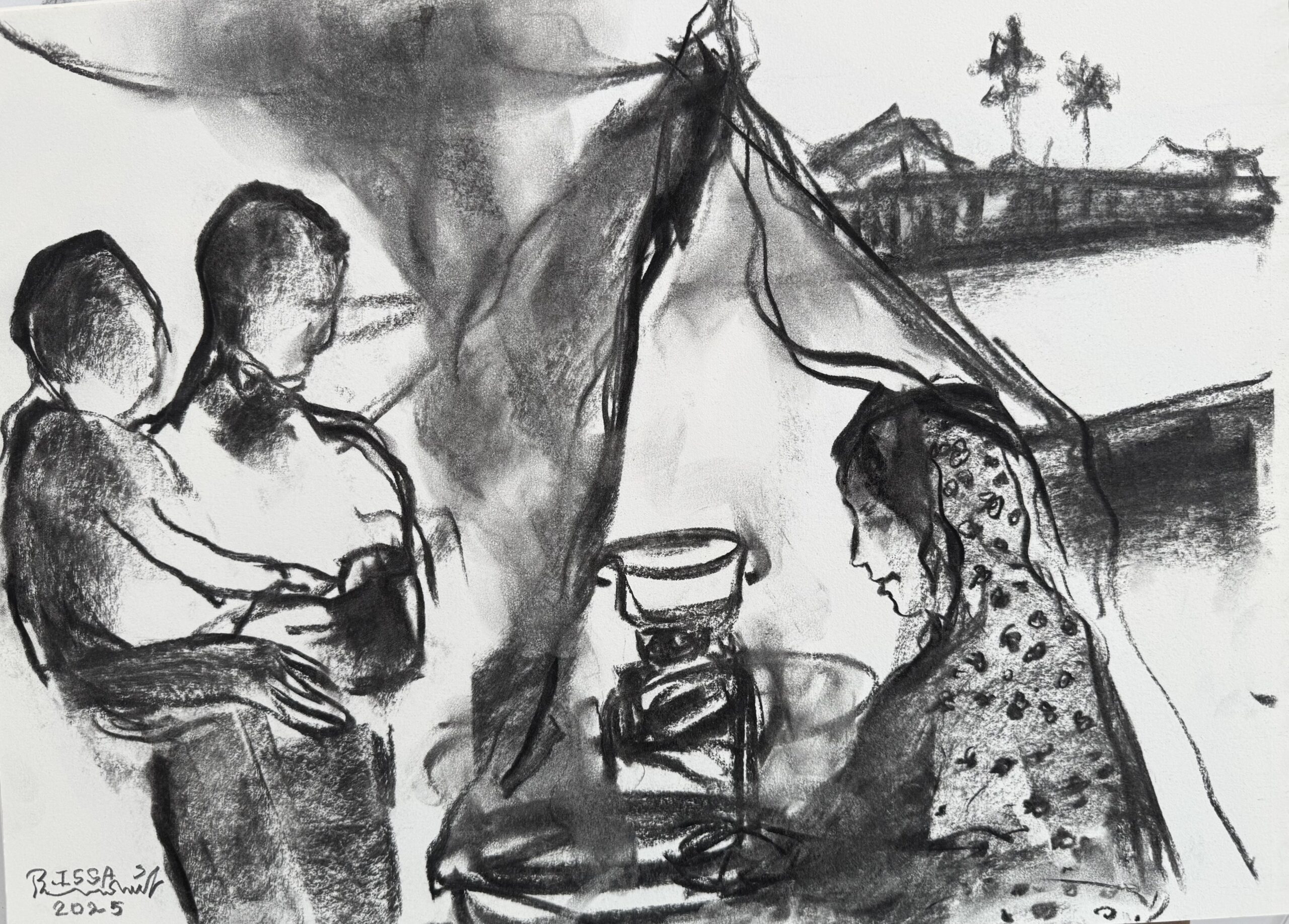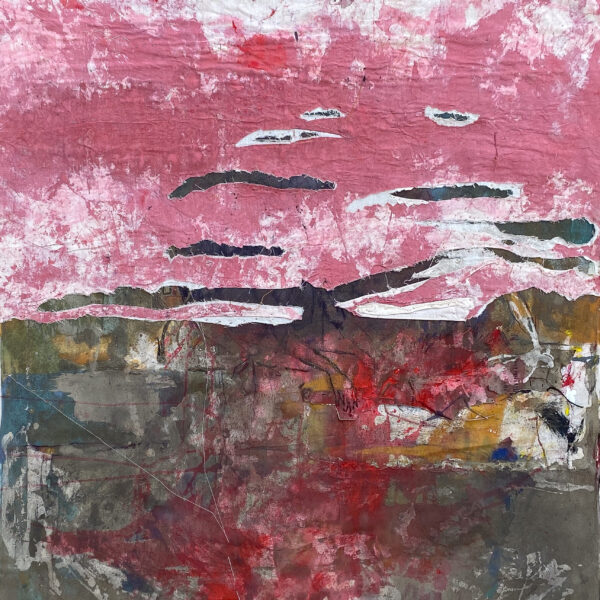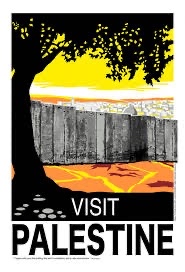Mahmoud Alhaj
Surviving, Teaching, Resisting. Tracing a Future Under Siege.
Mahmoud Alhaj (b. 1990) is a visual artist and teacher living and working in the Gaza Strip, Palestine. He holds a degree in Journalism and has been teaching visual arts at the Palestinian Red Crescent Society since 2017.
He recently completed a residency at the Cité Internationale des Arts in Paris, after participating in artistic residencies in 2021 at the Royal Academy of Spain in Rome and the Royal Academy of Art in The Hague. That same year, he presented a solo exhibition based on his series “402 of Gray.”
Born in 1990 in the Gaza Strip, Mahmoud Alhaj is a visual artist and teacher whose practice was born and developed amidst the rubble of a permanent siege. He lives and works in Gaza, where art becomes a daily act of resistance and a trace of a future amidst the destruction. His background in journalism intertwines with his artistic work in a search that explores the mechanisms of storytelling, memory, and representation within a context marked by surveillance, censorship, and isolation.
Since 2017, he has taught visual arts at the Palestinian Red Crescent Society, developing an educational commitment that is both cultural and political. His work aims to cultivate imagination, beauty, and critical thought in a land where silence and resignation prevail. This teaching activity is an integral part of his artistic vision: to educate the gaze, train presence, and restore depth to a horizon that the occupation seeks to render opaque.
In recent years, Alhaj has participated in several international residencies—at the Cité Internationale des Arts in Paris, the Royal Academy of Spain in Rome, and the Royal Academy of Art in The Hague—bringing with him the voice of a living Palestine, capable of reworking trauma into layered and profound forms. His 2021 solo exhibition, based on the series “402 of Gray,” is an example of this aesthetic of the fragment, of suspension, and of ambiguity. His works do not portray Gaza solely as a place of suffering, but as a space filled with contradictions, where beauty and violence, daily life and tragedy, hope and loss intertwine.
Alhaj’s practice moves between painting, installation, and drawing, using humble or marked materials—concrete, burnt paper, faded photographs—that evoke ruins and ghosts, but also possibilities for reconstruction. His work is deeply political not for its explicit content, but for the context from which it emerges and its refusal of simplification: it rejects the pietistic image, spectacular heroism, and the media’s reduction of pain.
In his works, Palestine is not an abstract symbol, but a concrete body, an inhabited place, a personal history that becomes a collective echo. “You cannot separate art from reality,” he seems to tell us with every gesture. In a world where Gaza is often represented only through destruction, Mahmoud Alhaj’s art restores nuance, silences, and interstices. There is never a shouted denunciation, but rather an invitation to look longer, to feel more deeply. Because even beneath the rubble, there still exists a space for creation, memory, and possibility.
@Elettra Stamboulis
See more https://www.mahmoudalhaj.com/
Works
Artists
